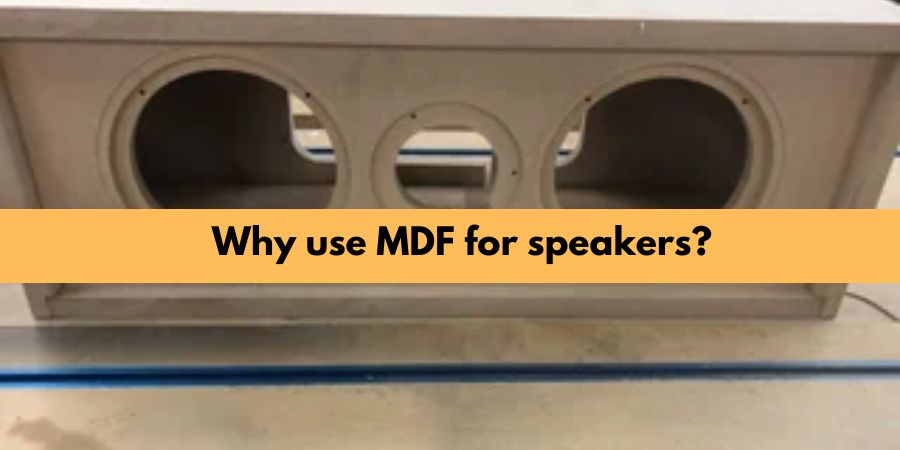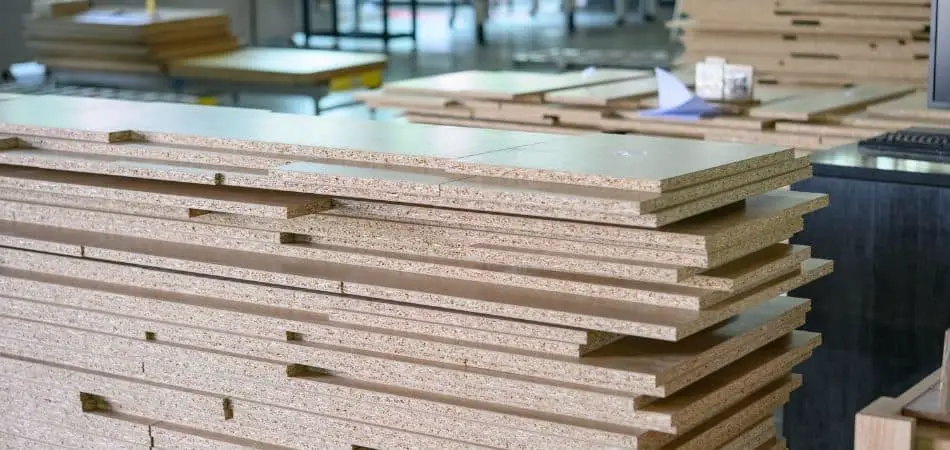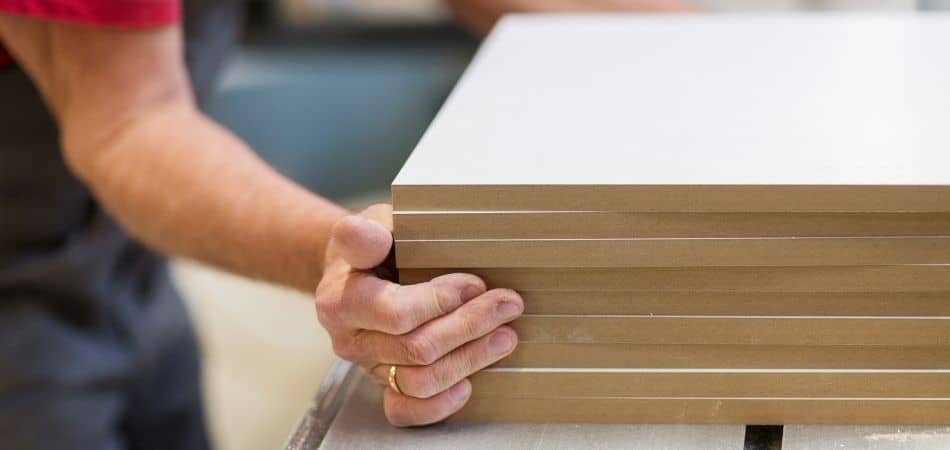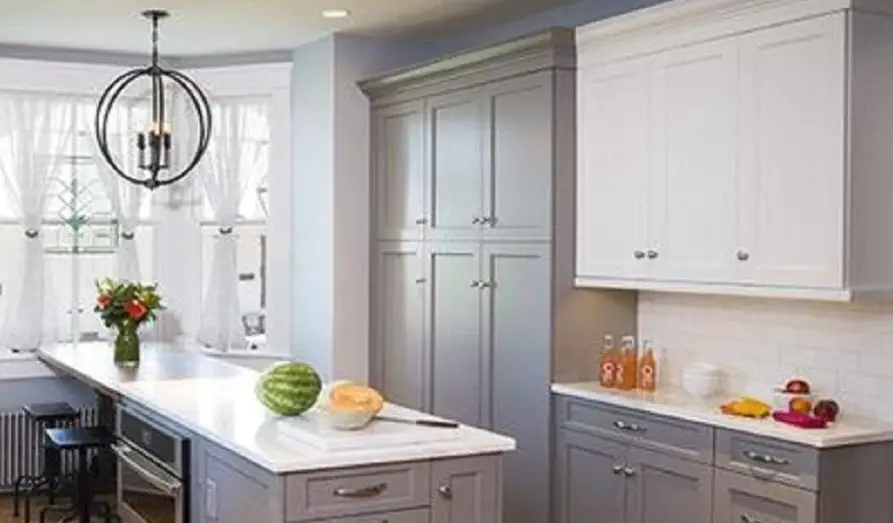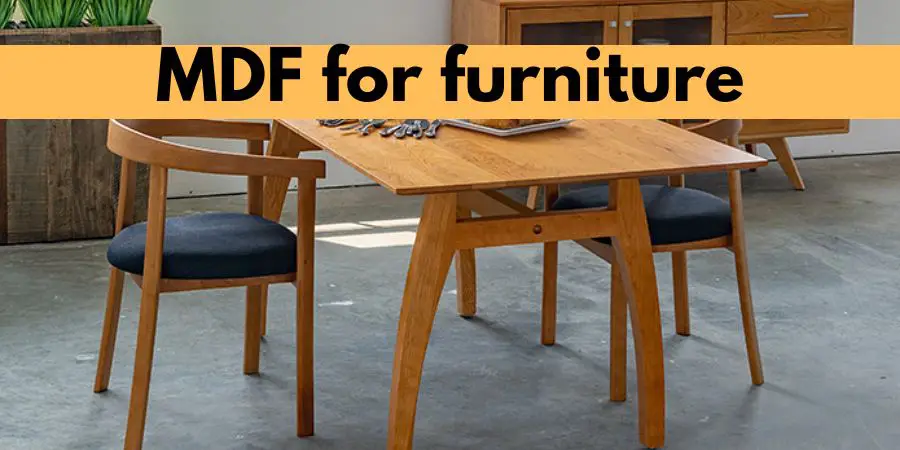MDF, or medium-density fiberboard, is a popular choice of material for constructing speaker boxes due to its various benefits.
In this blog post, we’ll explore why MDF is so commonly used for speaker boxes, as well as some tips for working with it.
Advantages of MDF for Speaker Boxes
One of the main advantages of MDF for speaker boxes is its density and stiffness. These properties make it ideal for reducing resonances and vibrations that can distort sound quality. Compared to other materials such as plywood or particleboard, MDF is denser and heavier, allowing for more robust and durable construction.
Another benefit of MDF is its smooth surface. The smoothness of MDF allows for easy painting or covering with a veneer, making it an attractive choice for DIY speaker box projects. In addition, MDF is relatively affordable compared to some other materials, making it accessible to those on a budget.
The following are the reasons why MDF is often used for speaker box construction:
- Excellent Acoustic Properties
MDF has excellent acoustic properties that make it an ideal material for constructing speaker boxes. The uniformity of the material ensures that sound waves are not obstructed or altered by imperfections in the wood, resulting in a more accurate and natural sound. MDF also has a high internal damping factor, which means it absorbs sound energy and reduces resonance and distortion.
- Easy to Work With
MDF is easy to work with compared to other materials used for speaker box construction. It can be cut, shaped, and joined using common woodworking tools. MDF also has a smooth surface that is free of grain patterns, making it easy to apply veneer or laminate for a professional-looking finish.
- Stable and Durable
MDF is a stable and durable material that does not expand or contract with changes in temperature or humidity. This stability ensures that the speaker box maintains its shape and size over time, which is essential for accurate sound reproduction. MDF also has a high screw-holding strength, which means it can withstand the weight and force of speaker components without warping or cracking.
- Affordable
Compared to other materials used for speaker box construction, MDF is a more affordable option. It is widely available and can be purchased in various thicknesses and sheet sizes to suit different speaker designs and budgets
what thickness is mdf for the speaker box?
The thickness of MDF for a speaker box depends on several factors, including the size of the speaker driver, the desired frequency response, and the overall size and shape of the box.
As a general rule, thicker MDF can provide greater stiffness and reduce resonances, resulting in a cleaner and more accurate sound. However, thicker MDF can also be heavier and more difficult to work with.
For most speaker box applications, 3/4 inch (19mm) MDF is a common choice for its balance of stiffness, weight, and affordability. Thinner MDF, such as 1/2 inch (13mm), may be suitable for smaller speakers or portable systems, while thicker MDF, such as 1 inch (25mm) or more, may be necessary for larger speakers or high-end audio systems.
Here’s a table showing recommended MDF thicknesses for various speaker box sizes:
| Speaker Size | Recommended MDF Thickness |
|---|---|
| Up to 6.5 inches | 1/2 inch (13mm) |
| 6.5 to 8 inches | 3/4 inch (19mm) |
| 8 to 10 inches | 3/4 to 1 inch (19-25mm) |
| 10 to 12 inches | 1 inch (25mm) or more |
| Larger than 12 inches | 1.5 inches (38mm) or more |
Alternatives to MDF for Speaker Boxes
While MDF is a popular choice for speaker boxes, it’s not the only option available. Here are some alternatives to consider:
Plywood: Plywood is a common alternative to MDF and is available in different grades and thicknesses. It’s lighter than MDF, making it a good choice if weight is a concern. However, plywood can be prone to warping and can have inconsistencies in the grain that can affect sound quality.
Particleboard: Particleboard is similar to MDF but is made from smaller wood particles that are glued together under heat and pressure. It’s less dense than MDF and is more affordable, but can be less durable and prone to swelling or breaking.
Solid Wood: Solid wood is a high-end option that offers excellent sound quality and natural beauty. However, it can be expensive and challenging to work with.
Composite Materials: Some speaker box builders use composite materials like fiberglass or carbon fiber to construct speaker boxes. These materials offer excellent stiffness and strength but can be expensive and challenging to work with
How to Work with MDF for Speaker Boxes
Choosing the right material for your speaker box is an important decision that can impact the sound quality and durability of your project. While MDF is a popular choice for its density, stiffness, and smooth surface, there are other materials available that may be better suited to your needs and preferences.
If you’re new to speaker box building, consider starting with MDF and experimenting with different thicknesses and finishes to find what works best for you. With time and practice, you may discover new materials and techniques that will take your speaker box projects to the next level.

